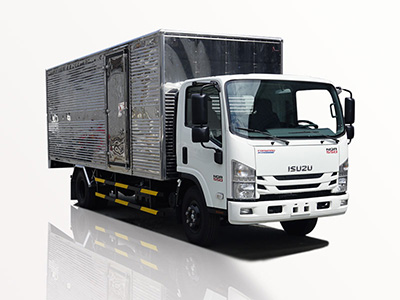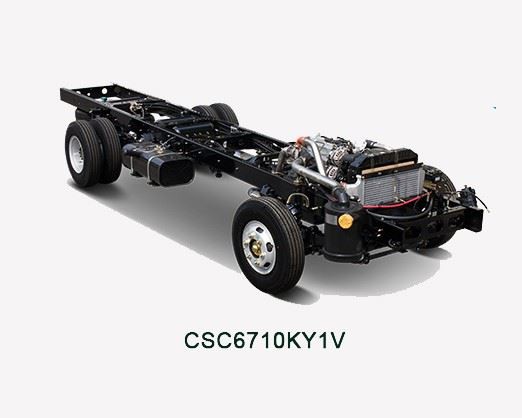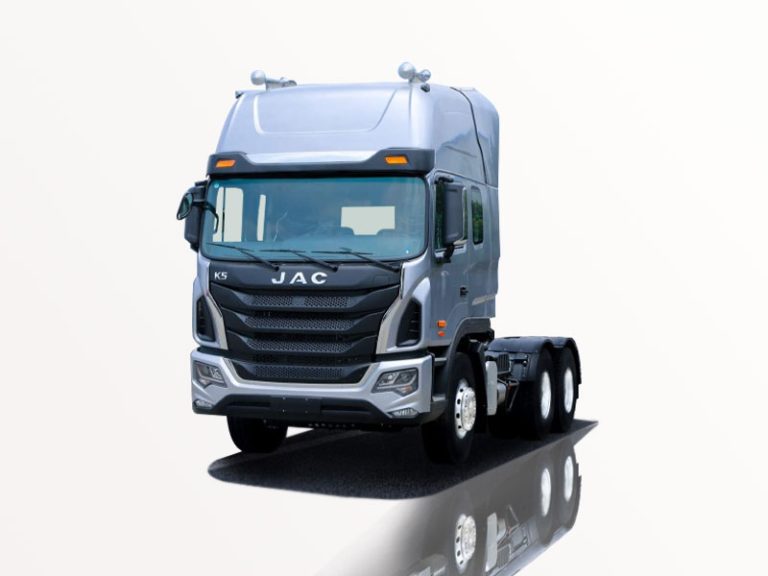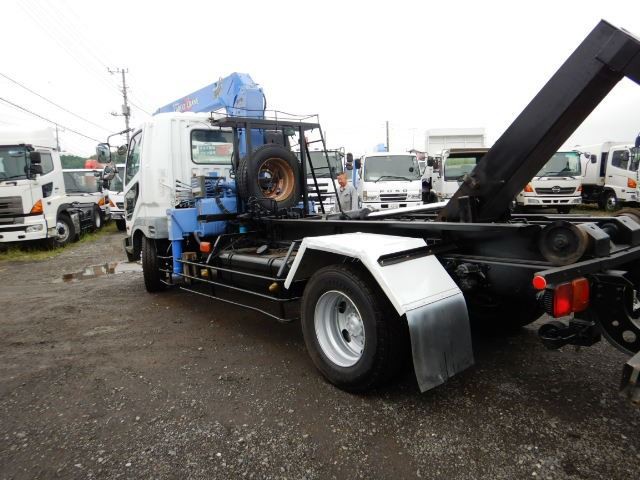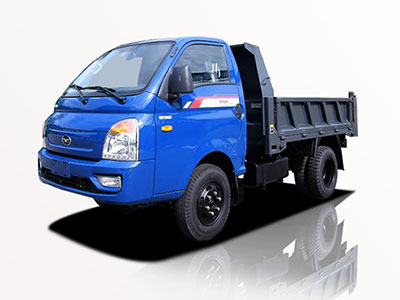When it comes to transporting heavy loads, having the right equipment is crucial. One of the most important components for any truck owner, especially those who regularly tow, is the truck tow bed. This comprehensive guide covers everything you need to know about truck tow beds, from types and installation to maintenance and tips for effective towing.
What Is a Truck Tow Bed?
A truck tow bed is a specialized bed designed to enhance a truck’s ability to tow different types of trailers. It includes various features that provide support for heavy loads, including adjustable hitch options, reinforced structures, and compatibility with various towing attachments. Understanding the specific requirements for your towing needs will help you select the right tow bed for your truck.
Types of Truck Tow Beds
1. Flatbed Tow Beds
Flatbed tow beds are perfect for carrying oversized loads. They have a flat surface with no sides or roofs, which allows for easy loading and unloading of machinery, vehicles, and materials.
- Pros: Versatile for different loads, easy access, wide range of sizes.
- Cons: Less secure for smaller items unless additional tie-downs are used.
2. Gooseneck Tow Beds
Gooseneck tow beds feature a ball-and-coupler hitch that connects to the truck bed. This type of bed is often used for larger trailers, owing to its stability during towing.
- Pros: Improved stability and handling, higher weight capacity.
- Cons: Requires a special hitch installation.
3. Fifth-Wheel Tow Beds
Fifth-wheel tow beds are similar to gooseneck but use a kingpin coupling mechanism. This arrangement provides greater stability and is commonly used for RVs and larger trailers.
- Pros: Enhanced towing performance, easy to maneuver in tight situations.
- Cons: Requires a compatible fifth-wheel hitch.
4. Tilt Bed Tow Beds
Tilt bed tow beds are designed to allow the bed to tilt at an angle for better loading capabilities, making them ideal for vehicles that have low ground clearance.
- Pros: Easy loading, safeguards against damage to low-clearance vehicles.
- Cons: More complex design may require more maintenance.
How to Choose the Right Truck Tow Bed
Selecting the right tow bed requires consideration of various factors. Here’s how you can make an informed choice:
1. Determine Your Towing Needs
Evaluate the types of loads you’ll be towing. Consider the weight and dimensions, as well as any specific requirements for transportation.
2. Truck Compatibility
Ensure that the tow bed you choose is compatible with your truck’s make and model. Check for the weight capacity and look for manufacturers’ recommendations.
3. Materials and Construction
Opt for bed materials that offer durability and resistance to corrosion. Aluminum and steel are common choices, with each having its pros and cons.
4. Legal Requirements
Familiarize yourself with local regulations concerning towing. Some areas have specific requirements for trailer lights, load restrictions, and safety equipment.
Installation of Truck Tow Beds
1. Tools Required
- Wrench set
- Screwdrivers
- Drill with bits
- Level and measuring tape
2. Step-by-Step Installation Guide
- Prepare your truck: Clear the truck bed and check for any damages.
- Position the tow bed: Use a crane or lift to set the tow bed onto the truck’s frame.
- Secure the tow bed: Align the mounting holes and use bolts to secure the bed to the truck.
- Install the hitch: Follow the manufacturer’s instructions for the specific hitch type.
- Check connections: Ensure that all electrical and safety connections are secure.
3. Professional Installation
If the installation seems daunting or requires special tools, hiring a professional is advisable. A trained technician can ensure the installation complies with safety standards.
Maintenance Tips for Truck Tow Beds
Proper maintenance extends the life of your tow bed and ensures safe transportation. Here are some maintenance tips:
1. Regular Inspections
Inspect your tow bed routinely for any signs of wear and tear. Check for loose bolts, rust, and structural integrity.
2. Cleaning
Keep the bed clean from debris, rust, and corrosive materials. Use mild detergents and avoid harsh chemicals that may damage the surface.
3. Lubrication
Lubricate moving parts, such as the hitch and any connection points, to avoid friction and wear over time.
4. Follow Load Guidelines
Always adhere to the weight limits specified by both the bed and your truck to prevent structural damage and ensure safety.
Safety Precautions While Towing
Safety is paramount when towing. Here are some essential precautions to take:
1. Load Distribution
Distribute weight evenly across the tow bed to maintain stability while driving. Avoid overloading any side of the truck.
2. Use Safety Chains
Always attach safety chains between the tow vehicle and trailer. This acts as a secondary connection in case the hitch fails.
3. Check Lights and Brakes
Ensure that all lights (turn signals, brake lights, and license plate lights) are operational. Test brakes before starting your journey.
4. Speed Limitations
Avoid speeding. The increased weight changes your vehicle’s dynamics, requiring more time to stop.
Examples of Popular Truck Tow Beds
| Model | Type | Weight Capacity | Price Range |
|---|---|---|---|
| F450 Flatbed | Flatbed | 12,000 lbs | $5,500 – $7,000 |
| Gooseneck Buddy | Gooseneck | 30,000 lbs | $3,500 – $5,500 |
| Dodge Fifth Wheel | Fifth-Wheel | 25,000 lbs | $6,000 – $8,000 |
| Heavy Duty Tilt Bed | Tilt Bed | 20,000 lbs | $5,000 – $7,500 |
Frequently Asked Questions (FAQ)
1. What is the best truck for heavy towing?
The best trucks for heavy towing are typically heavy-duty models like the Ford F-350, Ram 3500, or Chevrolet Silverado 3500. These trucks are designed with powerful engines and reinforced structures for safe towing.
2. How do I measure the towing capacity of my truck?
Towing capacity is typically available in your truck’s owner manual. It’s calculated by considering the truck’s Gross Vehicle Weight Rating (GVWR) minus the truck’s curb weight.
3. Can I install a tow bed myself?
Yes, if you have the right tools and some mechanical knowledge, you can install a tow bed yourself. However, it’s often recommended to seek professional assistance to ensure proper installation and safety.
4. What should I consider when towing a trailer?
Consider trailer weight, load distribution, driving conditions, and legal requirements. Always ensure that your truck’s towing capacity exceeds the trailer’s weight and that the load is balanced.
5. Are there weight distribution hitches available?
Yes, weight distribution hitches are designed to distribute the weight of the trailer across the axles of both the tow vehicle and the trailer, improving stability and safety.
6. How often should I inspect my towing setup?
It is recommended to inspect your towing setup before each trip, especially if you are loading heavy or valuable cargo. Regular inspections ensure safety and reliability.
